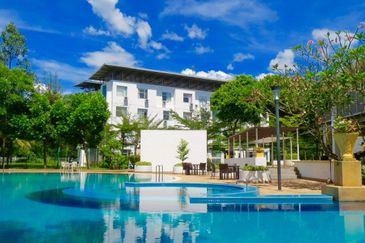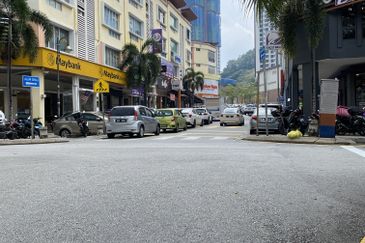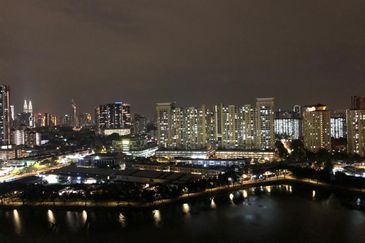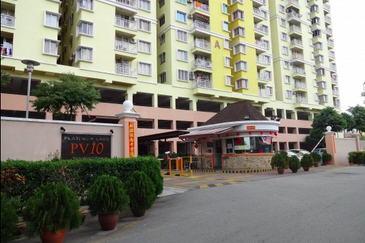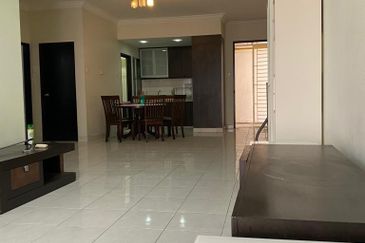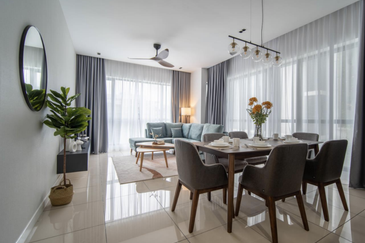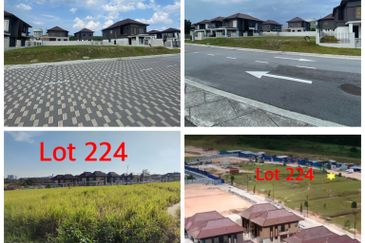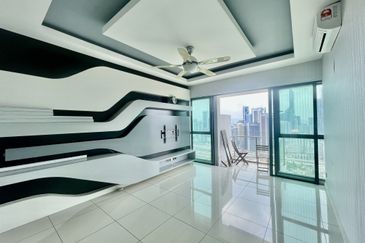 KUALA LUMPUR: The local property development and construction industry should push for industrialised building systems (IBS) to stay competitive amid an influx of international firms.
KUALA LUMPUR: The local property development and construction industry should push for industrialised building systems (IBS) to stay competitive amid an influx of international firms.
Speaking to reporters after the launch of the “Making Housing Affordable” report recently, Khazanah Research Institute’s (KRI) director of research for cities programme Dr Suraya Ismail (pictured) urged developers to demand for IBS as the current construction method “won’t bring in profit for long”.
She added that the industry has been talking about IBS for a long time, but not many projects of this type have been implemented because the industry is concerned about faulty designs and buildings from IBS.
“When foreign contractors come here, they will surely bring in the system,” she added.
“[To push for IBS], we should do a pilot project to show the people that this system works here. And then we train the people with the skills needed.”
According to the Construction Industry Development Board (CIDB), IBS refers to a technique of construction whereby components are manufactured in a controlled environment, either onsite or offsite, then placed and assembled into construction works. It is also known as pre-fabricated construction, Modern Method of Construction (MMC) or offsite construction.
The “Making Housing Affordable” report takes an in-depth look into housing affordability in Malaysia in the context of housing as an economic sector, and calls for shifting the focus of housing policy from demand-led initiatives to reducing inefficiencies in housing supply.
The report stated that property prices in Malaysia’s housing market is deemed “seriously unaffordable“, where the median house price is 4.4 times the median annual household income of RM55,020.
According to the report, the signal of a well-functioning market is when the median price of the whole housing market is three times the median gross annual household income.
The report shows that in 2014, Terengganu, Kuala Lumpur, Penang and Sabah fell into the “severely unaffordable” category, with median all-house prices of RM250,000 (5.5 times the Terengganu median annual household income of RM45,324); RM490,000 (5.4 times the KL median annual household income of RM91,440); RM295,000 (5.2 times the Penang median annual household income of RM56,424) and RM230,000 (5.1 times the Sabah median annual household income of RM44,940) respectively.
Meanwhile, Johor fell into the “seriously unaffordable” category with a median all-house price of RM260,000, or 4.2 times the state’s median annual income of RM62,364. Selangor is deemed as “moderately unaffordable” with a median all-house price of RM300,000, or 4.0 times the Selangor annual median income of RM74,568.
This article first appeared in property+, a section of the digitaledge DAILY, on Aug 28, 2015. Download property+ here.
TOP PICKS BY EDGEPROP

Mayfair Residences @ Pavilion Embassy
Keramat, Kuala Lumpur

Semenyih Lake Country Club
Semenyih, Selangor

Duduk Huni @ Eco Ardence
Setia Alam/Alam Nusantara, Selangor





